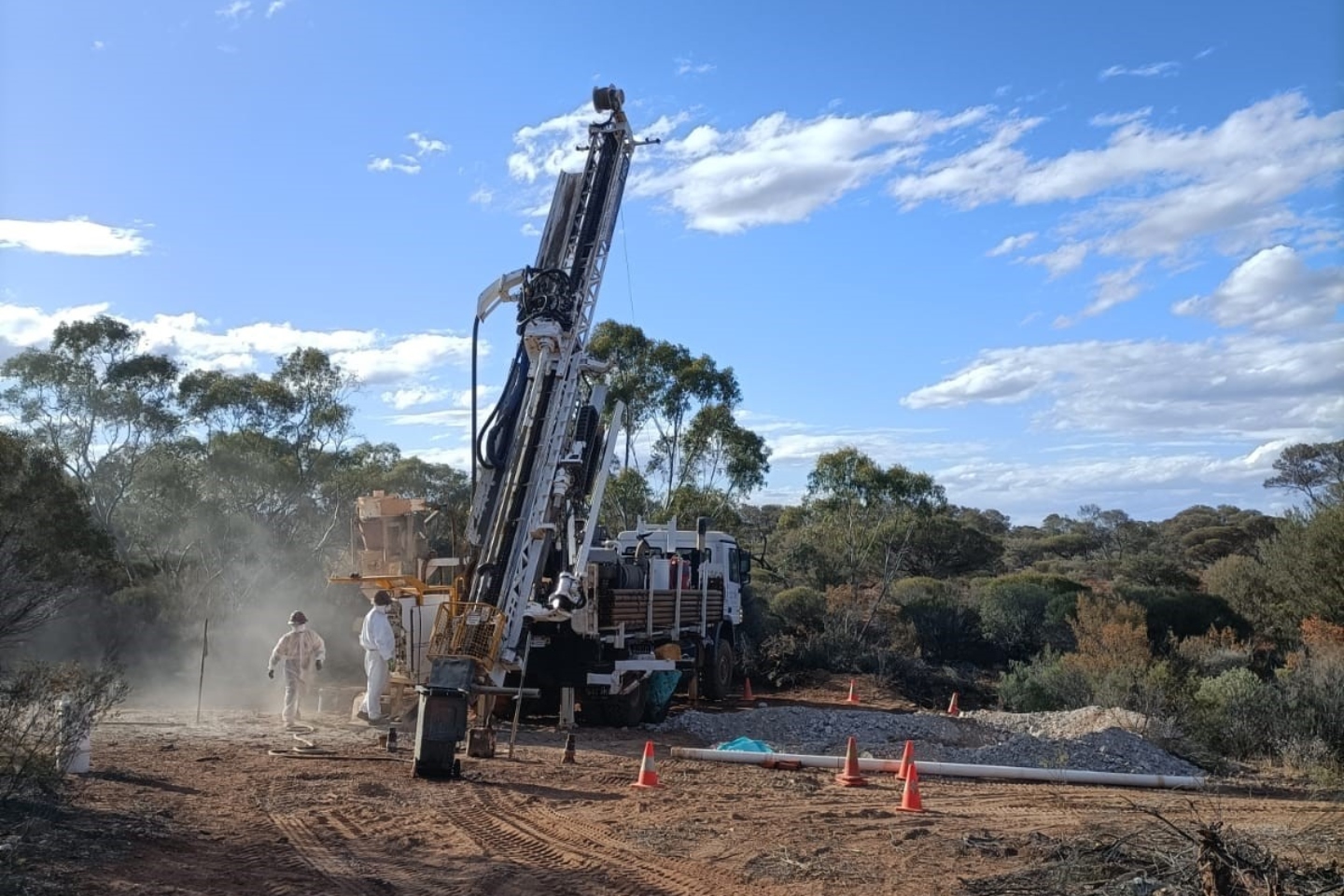A project-wide lithium sweep of St George Mining’s Mt Alexander operation near the historic Western Australian town of Menzies has isolated multiple new drill targets for a campaign slated to launch in the second half of this year. The company’s soil sampling and lithium pegmatite fertility review also identified geochemical analogues and a relationship between local gold mineralisation and pegmatites.

A project-wide lithium sweep of St George Mining’s Mt Alexander operation near the historic Western Australian town of Menzies has isolated multiple new drill targets for a campaign slated to launch in the second half of this year.
The company has today revealed that its recent soil sampling and lithium pegmatite fertility review also identified geochemical analogues and a relationship between local gold mineralisation and pegmatites. The review was carried out by mining consultant ERM to identify areas within St George’s ground likely to have the greatest potential for economic lithium mineralisation.
Management says the study involved field evaluation, ground truthing, geological and structural mapping and geochemical sampling and is now designing the drill campaign for its new targets.
The Mt Alexander project – 100km north/north-west of Menzies – takes in the lion’s share of the highly-prospective greenstone belt of the same name and also flanks the eastern side of the massive and structurally significant Ida Fault that includes several world-class nickel, gold and lithium discoveries.
Sitting close to the belt’s contact with the Copperfield Granite, the company believes some of its new targets could be analogous to Delta Lithium’s significant Mt Ida discovery that features 14.6 million tonnes at 1.2 per cent lithium oxide. Mt Ida is less than 300m from the contact.
St George’s ground is also near the Mt Bevan joint venture (JV) shared by Gina Rinehart’s Hancock Prospecting, Legacy Iron Ore and Hawthorn Resources. It hosts more than 500 mapped pegmatites, with many samples to date reporting significant lithium mineralisation or other mineral responses known to be associated with lithium fertility in pegmatites.
Management says its drilling has confirmed high grade lithium up to 1.8 per cent lithium oxide associated with pegmatites up to 121m thick.
St George Mining executive chairman John Prineas said: “This is an exciting development in lithium targeting at Mt Alexander and we look forward to drilling these targets soon. The new gold targets are also compelling gold exploration opportunities in their own right – and made more exciting given the known correlation between lithium and gold occurrences at the neighbouring project of Delta Lithium.”
googletag.cmd.push(function() { googletag.display('bn-dfp-article-lb2-advert'); });In addition to the more conventional reconnaissance, ERM’s field geochemistry included measuring and recording potassium and rubidium values in feldspar minerals in pegmatites using field-portable X-ray fluorescence (XRF) analysis. Management said it delivered a better understanding of the ground’s lithium prospectivity and helped prioritise drill targets.
A total of 323 samples were collected, with analyses yielding potassium/rubidium ratios ranging from more than 80 to less than 10, neatly defining a distinct southerly trend of pegmatites with greater lithium potential.
Interestingly, gold geochemical anomalism was also defined as being stronger in areas of the more fertile lithium pegmatites and also occurred at both extremities of the extensively sampled area. Four priority areas of elevated lithium fertility have subsequently been defined.
Four areas of coincident gold prospectivity have also been uncovered at Mark730 – which reported a result of 4.5 grams per tonne gold – and at Manta, Jailbreak and Jailbreak West.
The association between lithium pegmatites and gold prospectivity are interesting from a geological perspective. But it may require additional assessment given the frequent combined influence of regional-scale granite contacts and structurally significant plumbing systems that could easily influence mineralisation events and styles, in parallel or in tandem.
Pegmatites are great exploiters of regional-scale fracturing and shearing and the same can be said of many styles of gold mineralising events. In any case, the apparent association between lithium and gold is tantalising and it is certain that this space will be watched with interest.
Is your ASX-listed company doing something interesting? Contact: matt.birney@businessnews.com.au


















